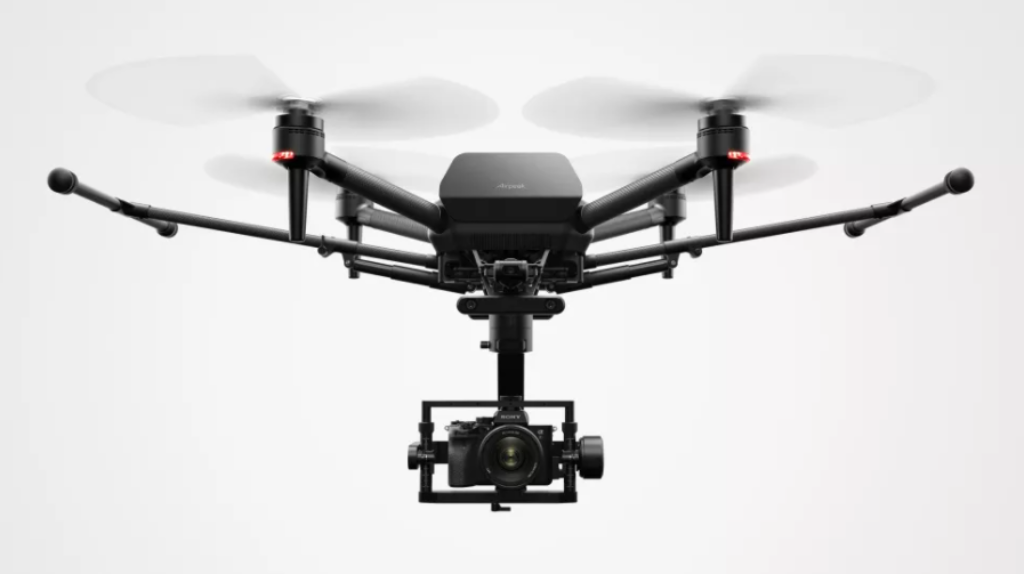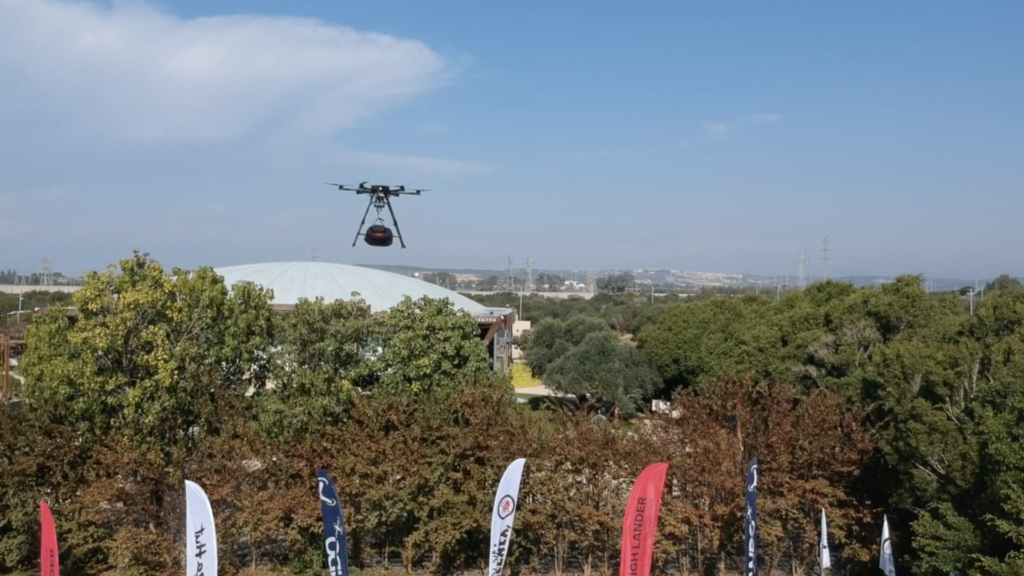
By now, you’re figured out my double-entendre headline – and what this blog post is all about.
Actually, it’s more than just drones – it’s about how new technology might impact the radio broadcasting business even sooner than we think. That’s why we make the trek to Las Vegas to partake in CES each year. Although last month because of the pandemic, we were forced to experience the biggest consumer electronics show virtually.
It was far from ideal. I found myself missing “regular CES,” as our master guide Shawn DuBravac called it – the meandering around Eureka Park, bumping into cool stuff serendipitously in the Las Vegas Convention Center, the mini-auto show that keeps getting bigger each year, and the bigger-than-life exhibits from mega-brands like Samsung or LG that I refer to as “city states” because they’re so big and so sprawling.
And the drones.
Ever since they became “a thing” a number of CES events ago, I always take a few moments to check them out. I know nothing about this technology, nor would I ever be inclined to buy one.
But there is something elegant, smooth, quiet, and even breathtaking about these aerial devices that they’re just plain fascinating – especially when you consider some of the more novel uses technologists and marketers are already dreaming up.
And the technology is improving. Pictured at the top of this post is Sony’s new Airpeak, affordable at around $3,000 US. It is the smallest drone capable of carrying a digital SLR camera. Obviously, Sony envisions photography and video production will be among its chief applications.
But right now, drones are being used for lots of interesting purposes: traversing dangerous geography to provide emergency rescue, photography, delivery services, agriculture applications, and engineering uses. They are even appearing in real estate ads, providing unique views of homes and their surroundings.
Last week, I bumped into this tweet from the California Department of Transportation (Caltrans) using survey drones to check out a highway washout near Big Sur:
Check out this amazing drone video of #Hwy1 washout at Rat Creek about 15 miles south of #BigSur. Our crews are on site securing it, assessing damage & starting clean-up/ repairs. Reminder: the road is OPEN from #Carmel thru town of Big Sur. @bigsurkate @BigSurCC @CHP_Coastal pic.twitter.com/rB193DzXhL
— Caltrans District 5 (@CaltransD5) January 29, 2021
From natural disasters to the rally cry of 2020 – “Home delivery” – drones will become more commonplace. We are not far away from the day when our pizzas will be delivered via drone, a service that could come in very handy during say, a global pandemic.
And in the Holy Land, they’re doing just that. Axios reports that Pizza Hut Israel and a delivery logistics company, Dragontail Systems, are experimenting with drones dropping pizzas to six designated delivery drops for easier pick-up.

As Uber CEO Dara Khosrowshahi told The Guardian when Uber Eats experimented with McDonald’s delivery in San Jose two years ago:
“The world needs flying burgers.”
Little did he know back in 2018 that during the COVID era, this would become an intriguing concept.
And other major brands are working on their own application. Axios reports UPS, Google, FedEx, Walmart, and of course, Amazon are seriously moving forward with drone delivery.
And in some of Florida’s larger senior communities, Verizon and UPS have hooked up on delivery services as well.
While drone experiments have been taking place for years, the pandemic has accelerated these corporate projects, providing safe and “touchless” delivery technology.
But so what?
As someone who has schlepped my share of media executives around CES these past few years, there is this frequently asked question:
 What does this technology possibly have to do with radio?
What does this technology possibly have to do with radio?
And that’s the key to navigating CES because while so many innovations are truly jaw-dropping or just plain fun, connecting them to our core business is a challenge.
During one of our early tours, we were checking out connected home appliances at Samsung as part of their Internet of Things exhibit, and an executive said this to me:
“Why should I care about a refrigerator that talks to my microwave – and what does that have to do with radio?”
While he was understandably more interested in CPMs and EBITDA than the IofT, making smart, insightful connections is part of the challenge of attending an event like CES.
Drones are already being used in some situations to surveil geography. Tower sites – and the towers themselves – can be accessible, especially in situations where they are in difficult-to-access spots during times of year when climbing hundreds of feet just isn’t practical or smart.
But even more practically, I’ve talked to many programmers and marketers during COVID who have lamented the inability to air normal contests and giveaways because of the difficulty and danger of listeners picking up their prizes at the station.
giveaways because of the difficulty and danger of listeners picking up their prizes at the station.
The biggest hang-up as you might guess is regulatory issues, whether it’s the FAA or municipalities that have their own legal guidelines.
Drones? Why not? The technology is there now.
It’s a reminder that behind every new gadget, device, or technology are likely applications for our business. If we just look for them.
It’s not just about the technology – it’s how we use it.
And more often than not, the genius who figures out the smartest use case often reaps the greatest benefits.
Especially when it makes more sense than cars that talk to washing machines.
- What Is It With Female Robot DJs? - April 30, 2025
- Why “Dance With Those Who Brung You” Should Be Radio’s Operating Philosophy In 2025 - April 29, 2025
- The Exponential Value of Nurturing Radio Superfans - April 28, 2025




OK, I’ll bite.
1. Radio news department reporters could “go aloft” with a drone like the Sony to observe and report (in compliance with any local regulatory requirements), thus less reliance on hearsay.
2. Drone-mounted microtransmitters/repeaters to provide signal to temporary audiences in otherwise deadzoned areas during special events where people have accumulated (post-pandemic, obviously).
3. Drone-mounted receivers to explore and verify or refute allegations of signal interference on same or adjacent channels.
Your turn.
John, good ideas here. And exactly what I was hoping to see. Thanks for getting the ball rolling!
I recently started going to a new dentist. First on the list, they always want to start with a new full set of X-rays. Ugh. So time consuming, invasive, clunky and rather uncomfortable. I jokingly suggested to my dentist that they should get some tiny xray camera drones to zip around inside the mouth and shoot the whole set in one quick circuit. Actually, I was only half kidding. Drones are the future, drones are now! #dentaldrones
Marylee, I like the noninvasive solution to ALL medical issues. Thanks for engaging on this, and remember: one minute uppers, one minute lowers.